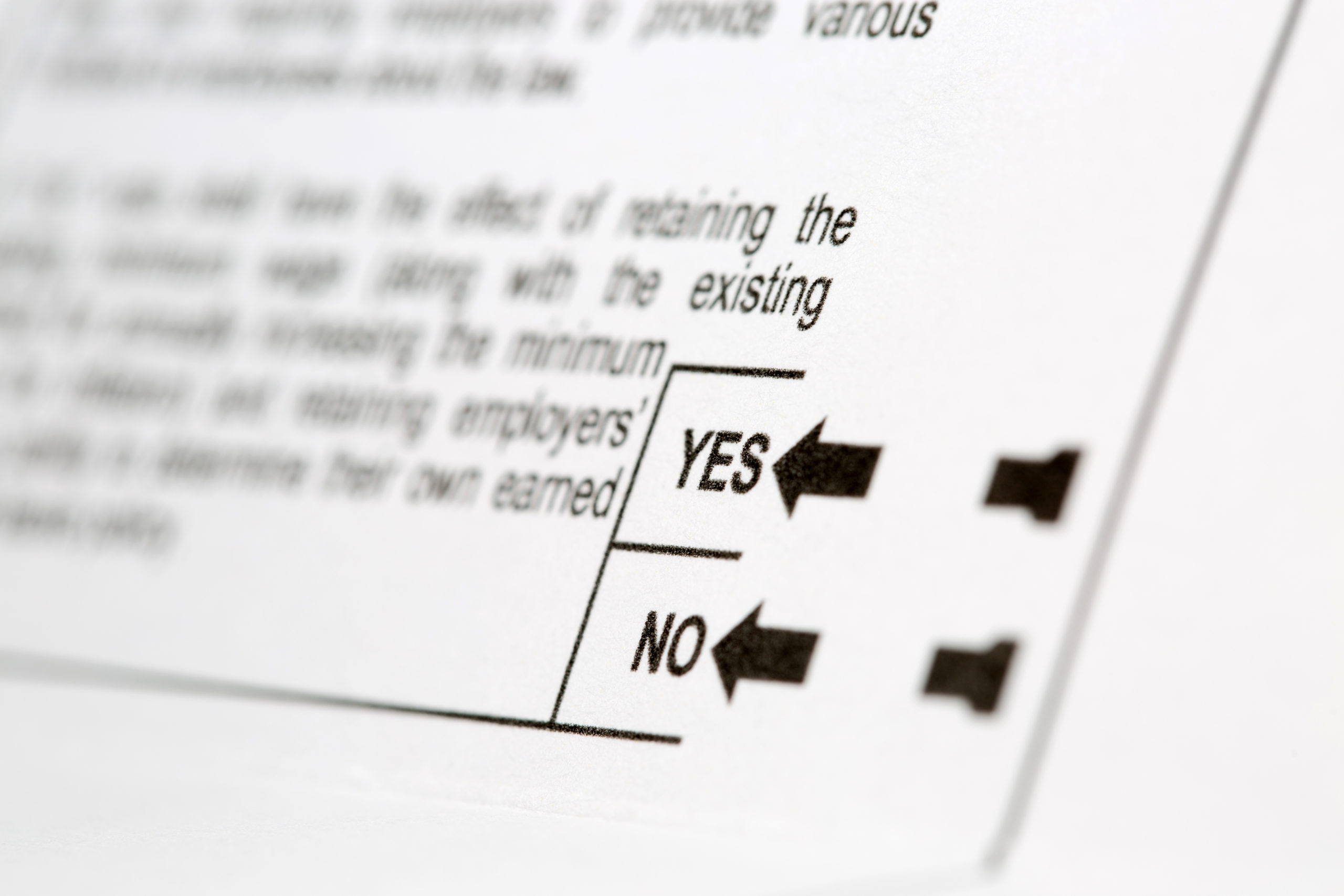 California’s seemingly endless housing crisis continues to make national, state and local headlines. This topic has appeared regularly in this blog from time to time over the last few years. Some months back, I reported that the California Association of Realtors (“CAR”) would be seeking to put an initiative on the November 2018 ballot intended to, inter alia, help increase the supply of housing in our state by creating an incentive to move for certain homeowners who have been discouraged from selling by the likelihood of increased real property taxes.
California’s seemingly endless housing crisis continues to make national, state and local headlines. This topic has appeared regularly in this blog from time to time over the last few years. Some months back, I reported that the California Association of Realtors (“CAR”) would be seeking to put an initiative on the November 2018 ballot intended to, inter alia, help increase the supply of housing in our state by creating an incentive to move for certain homeowners who have been discouraged from selling by the likelihood of increased real property taxes.
CAR’s efforts were successful, and this initiative, now known as Proposition 5, would allow homeowners to more freely transfer their home’s Proposition 13 assessed value to a replacement property. State law presently allows certain disabled persons and persons 55 years old and up to transfer their assessed home value on a one-time basis to a replacement home of equal or lesser value located in the same county or a county allowing inter-county assessed value transfers. If approved, Proposition 5 would permit such persons to transfer the assessed value of their homes an unlimited number of times regardless of the new home’s location in California or relative value.
As you probably know, one of the original goals of Proposition 13 was to keep older homeowners from being forced from their homes due to increased property taxes resulting from their residences rising in value. With the passage of time, however, Proposition 13 has produced an unintended, perverse impact on subsequent generations of older homeowners—they can’t afford to move away from a house that became too big for them once their children grew up and left, because they would lose their low assessed property value. Steve White, president of CAR, notes that Proposition 5 would kill two birds with one stone—older homeowners could downsize without breaking the bank as a result of higher property taxes, and those larger homes would become increased available housing stock for young families.
While this sounds like a win-win situation, a number of doubters have challenged this rosy picture. Opponents have come primarily from the ranks of local government, including the California State Association of Counties (“CSAC”), which represents California’s 58 county governments before the California legislature, administrative agencies and the federal government. CSAC’s position is that the adoption of Proposition 5 would “drain local resources,” relying on the projection made by the California Legislative Analyst Office (“LAO”) that Proposition 5 would ultimately reduce property tax revenues by several billion dollars per year.
According to Rick Smith, past president of the Santa Clara County Association of Realtors, however, the LAO’s estimates are fundamentally flawed. Smith points out that the LAO’s analysis takes into consideration only the lower property tax revenues for the property being bought by the taxpayer, and fails to recognize the higher property tax revenues for the property being sold by the taxpayer, which would not have been sold (resulting in a higher property tax assessment for the purchaser) but for the taxpayer’s ability to transfer his or her old property tax base. When that tax revenue resulting from the sales of these properties is included, according to Smith, the result would be a much brighter outlook for county property tax revenues than portrayed by the LAO.
While Proposition 5’s prospects for passage are murky at best, it would appear in this case that what is good for the real estate professionals (a higher volume of transactions) is also good for the general population of this state (an increased supply of available housing), with the added side benefit that property tax revenues should not fall. I’m recommending a “yes” vote on Proposition 5.



